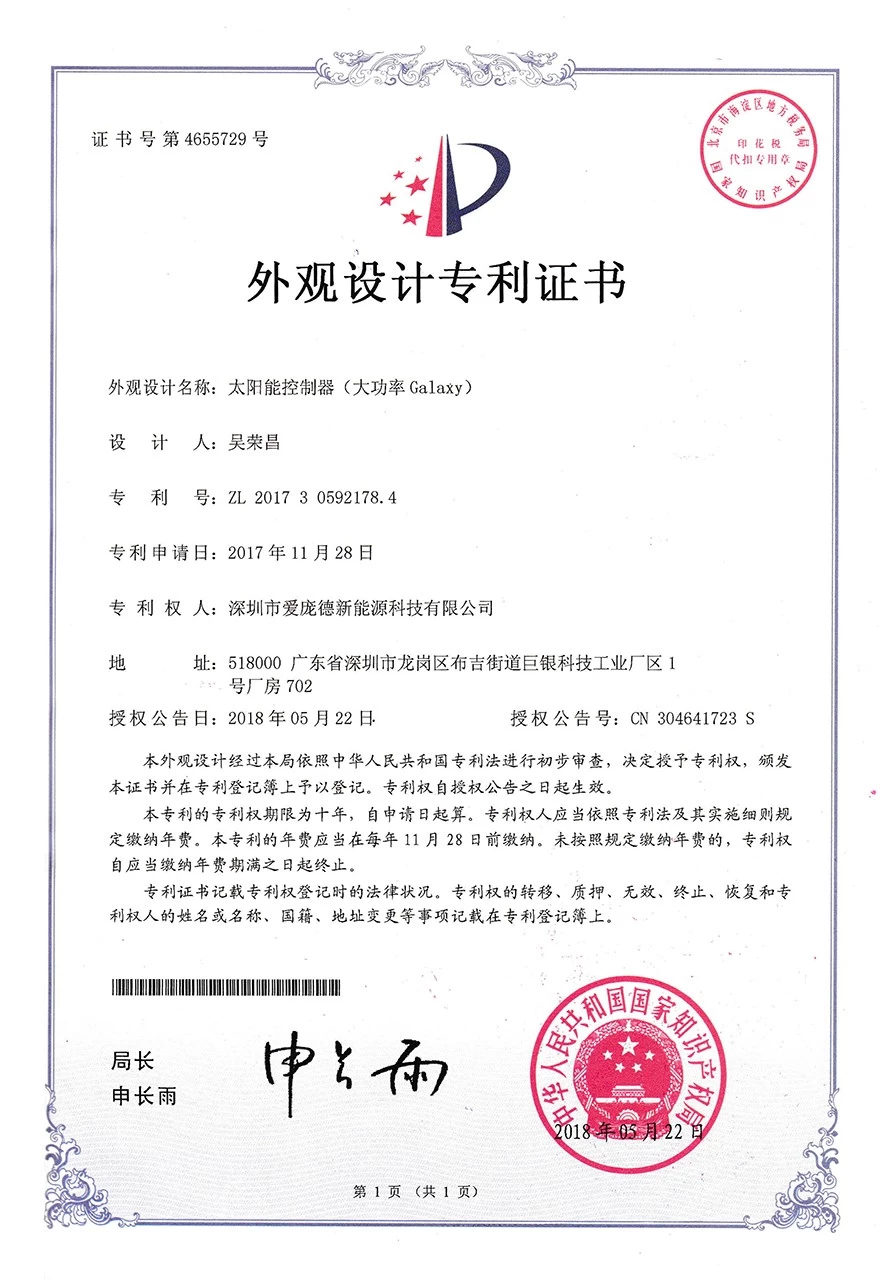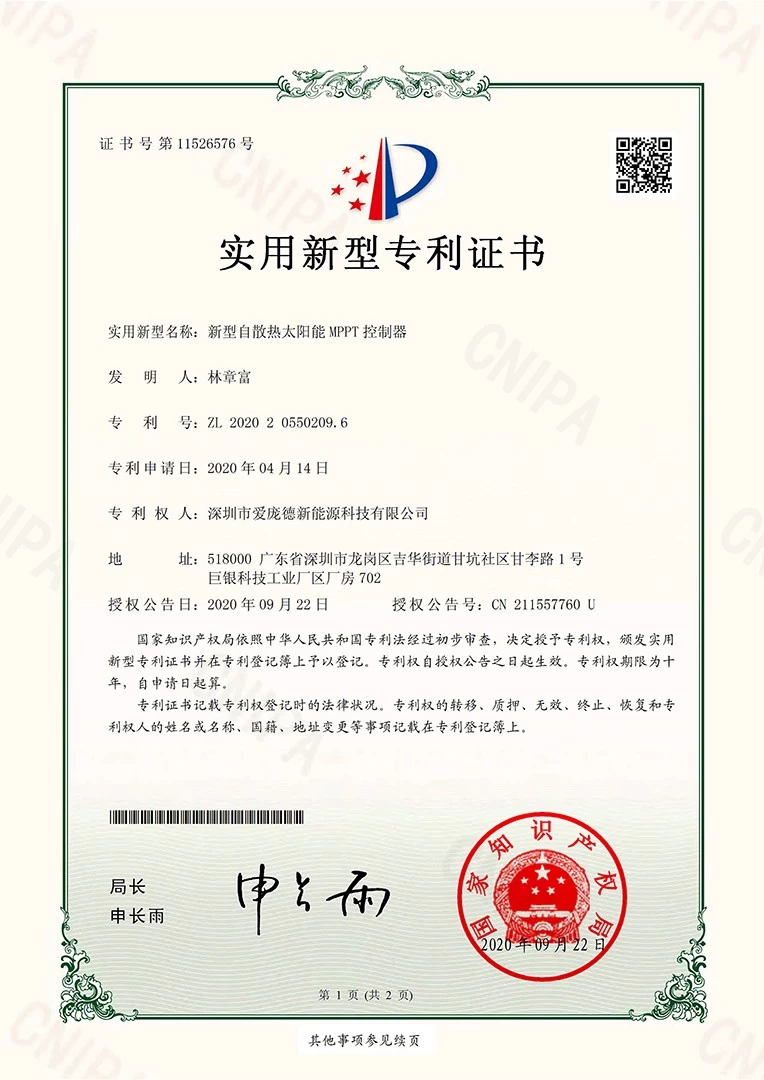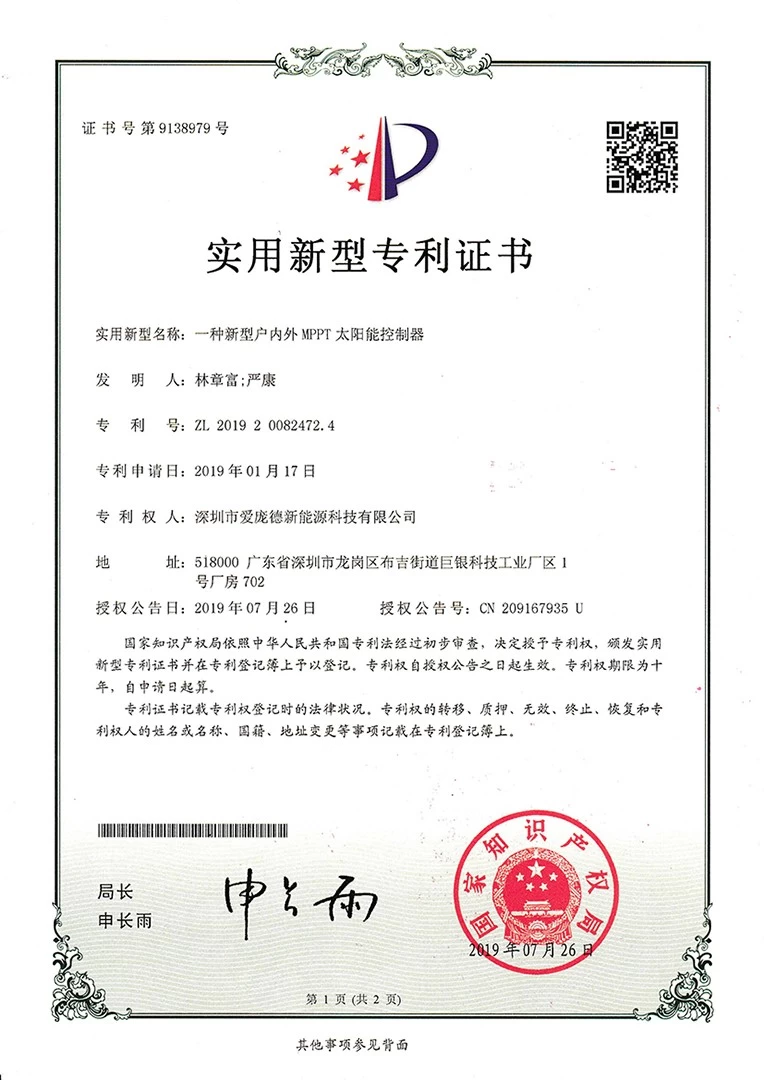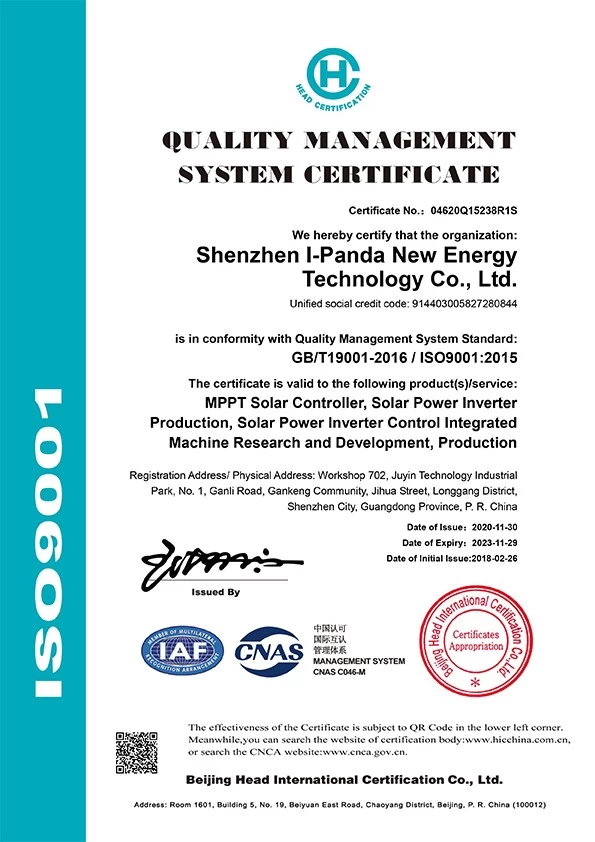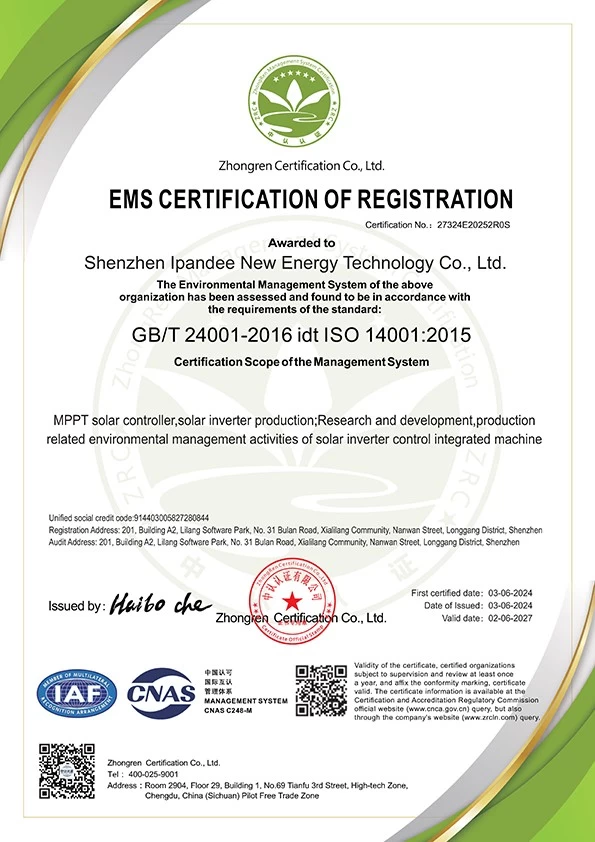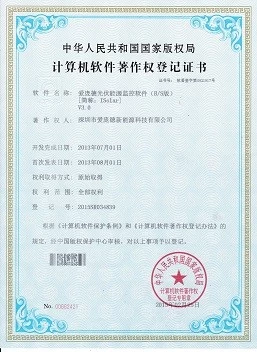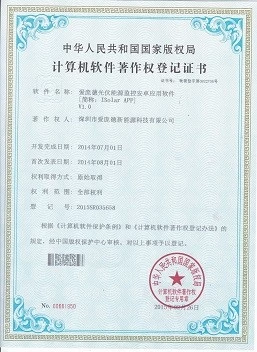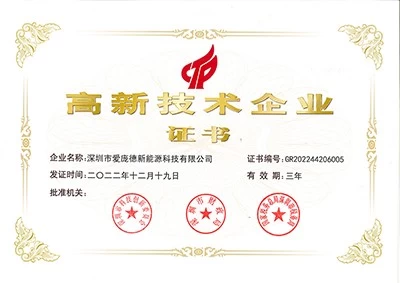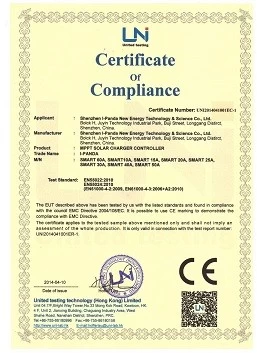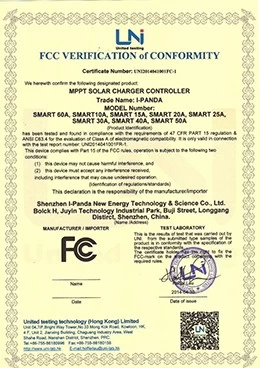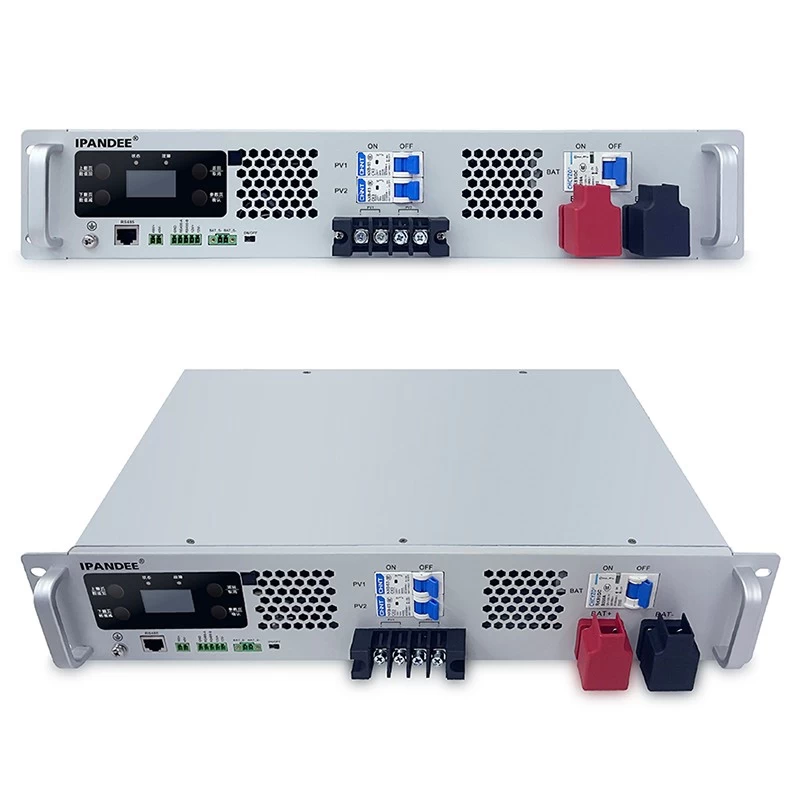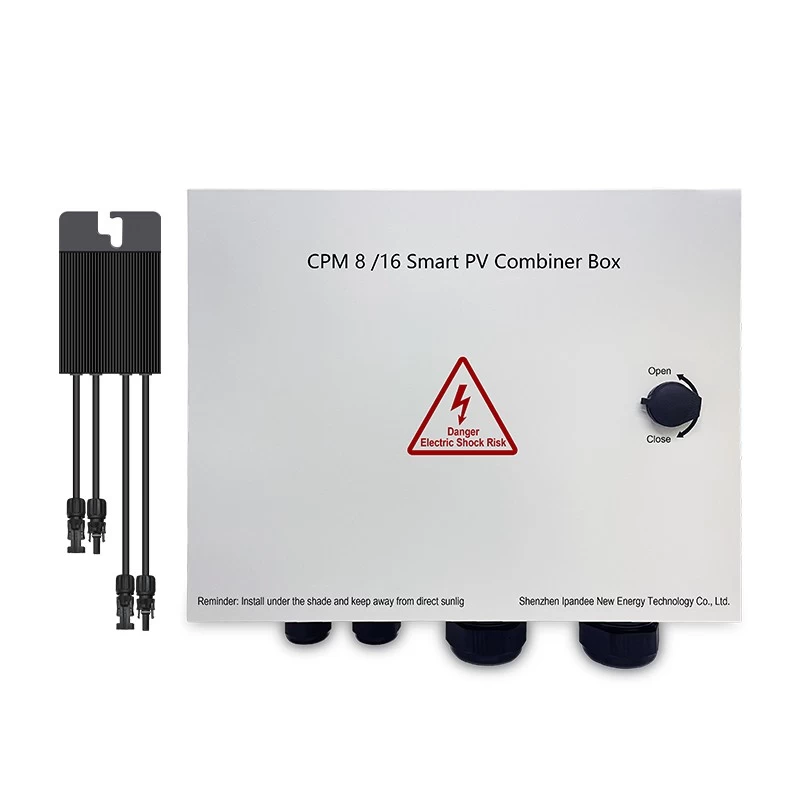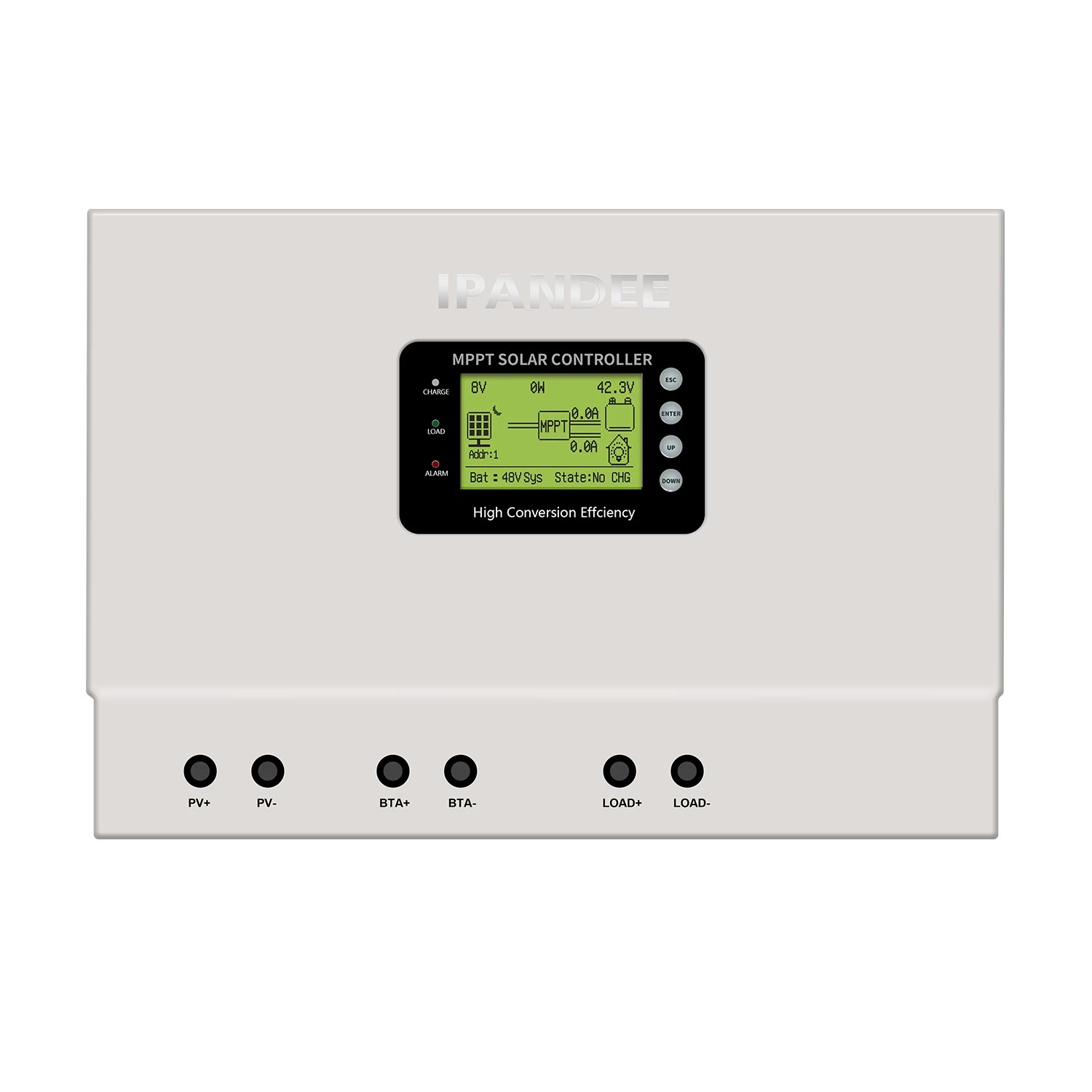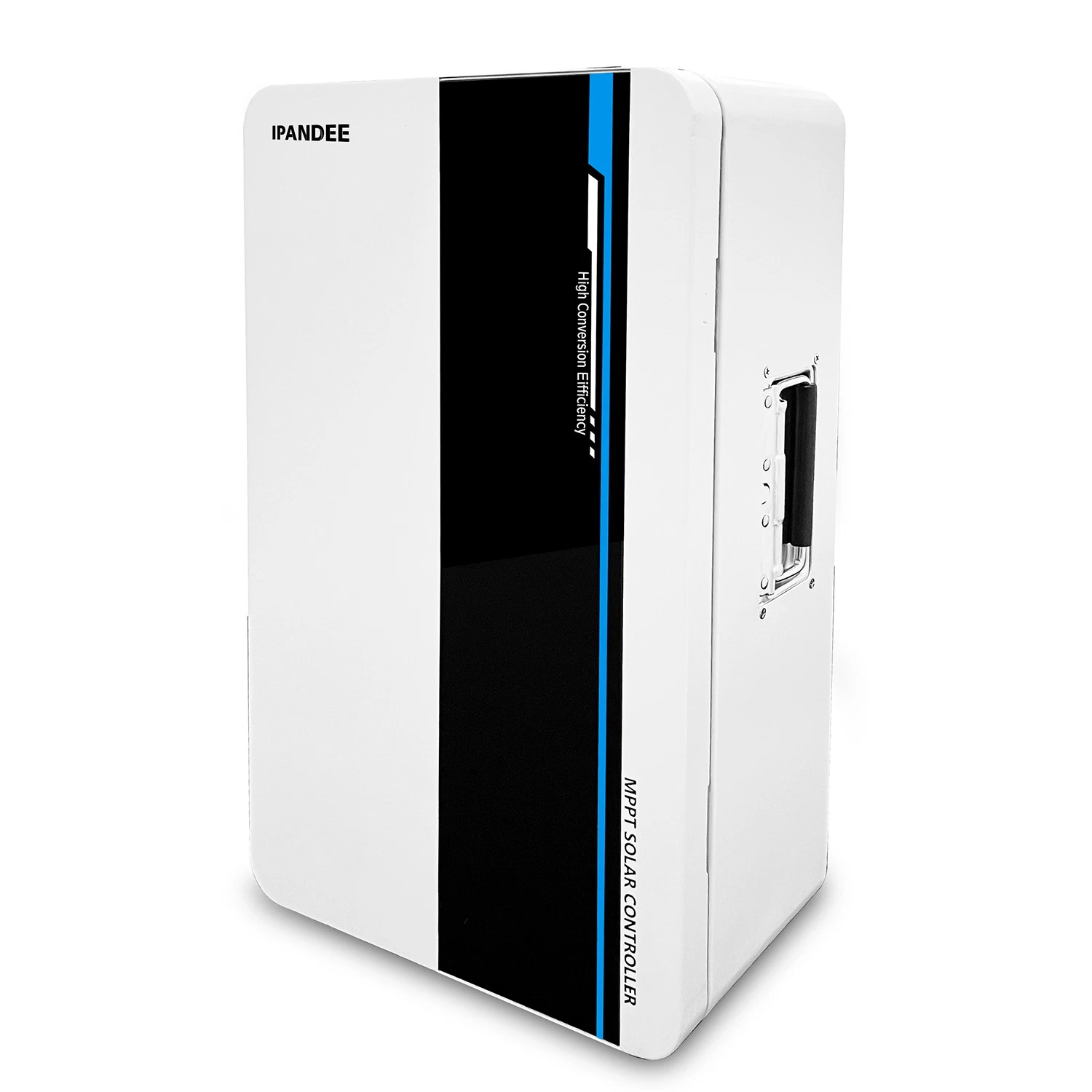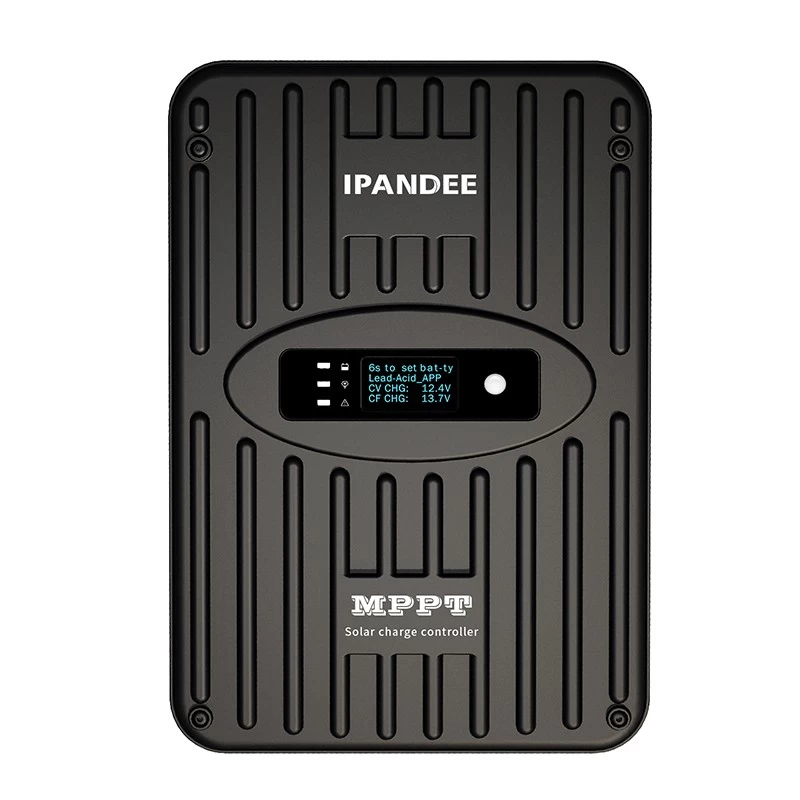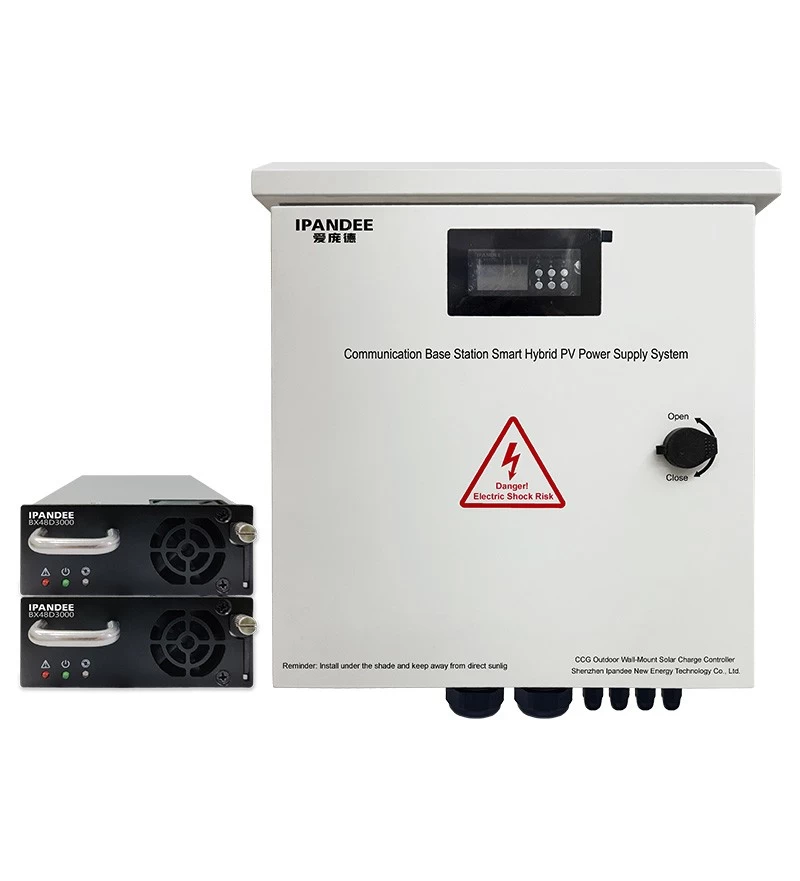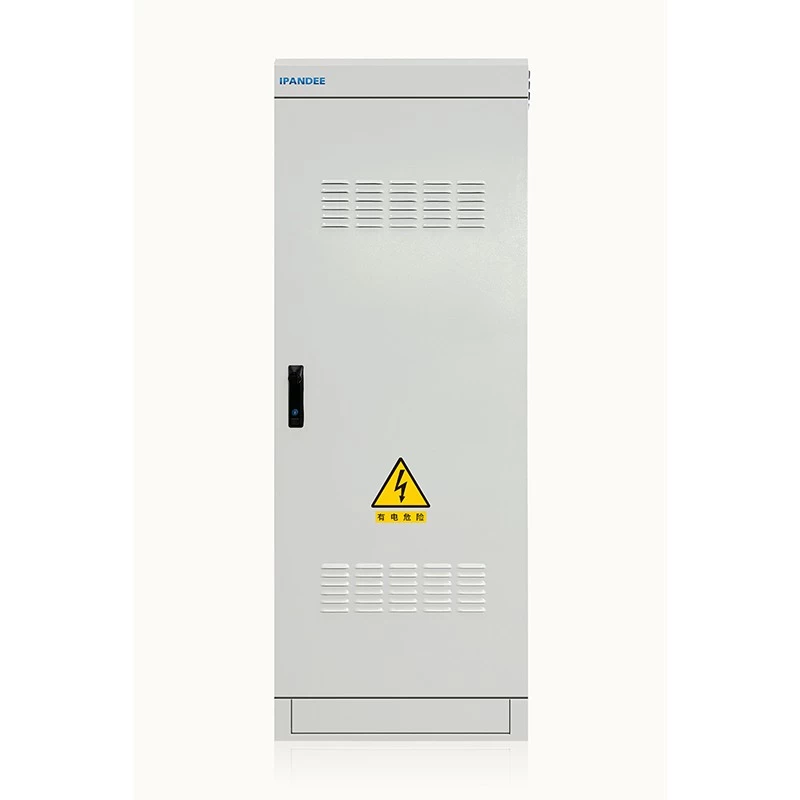Typical design of photovoltaic off-grid system household use
the Internet
2019-03-15 16:52:16
Because of the differences in economic development levels, there are still a small number of remote areas that do not solve the problem of fundamental electricity use and cannot enjoy modern civilization. Photovoltaic off-grid power generation can solve the problem of electricity consumption for residents in areas without electricity or electricity.
The household photovoltaic off-grid power generation system is mainly composed of photovoltaic modules, brackets,ControllerInverter, battery and power distribution system. The electrical plan of the system is to consider the selection, calculation and accounting of components, inverters (controllers) and batteries. Before the planning, the pre-work should be done well, because the off-grid system is customized, there is no consistent solution, you need to understand the user load type and power, day and night power consumption, and the climatic conditions of the device address. Photovoltaic off-grid system, relying on climate for electricity, does not have 100% reliability.
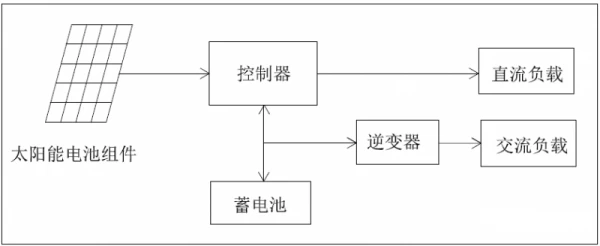
The off-grid system must be equipped with batteries and occupy 30-50% of the cost of the power generation system. Moreover, the service life of lead-acid batteries is generally 3-5 years, and it has to be replaced afterwards. From the economic point of view, it is difficult to obtain a wide range of implementation, and it is only suitable for local use without electricity.
Unlike the off-grid system and the grid-connected system, components and inverters are not configured according to a certain proportion, but are planned according to the user's load, power consumption and local climatic conditions:
1, according to the user's load type
And power recognizes the power of the off-grid inverter
Household load is generally divided into inductive load and resistive load. The load with motor such as washing machine, air conditioner, refrigerator, water pump, range hood is inductive load, motor starting power is 3-5 times of rated power, in accounting inverter The power of these loads must be taken into account when calculating the power. The output power of the inverter is greater than the power of the load. However, as for the general poor families, considering that all loads may not be open together, in order to save the cost, the sum of the load powers can be multiplied by a factor of 0.7-0.9. The list below is the power of common household appliances for reference during planning.
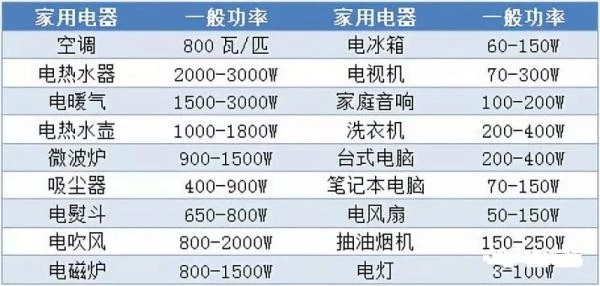
2. Recognize component power based on the user's daily power consumption
The amount of electricity available in the off-grid system = total power of components * average hours of solar power generation *ControllerPower * battery power. The planning principle of the components is to satisfy the demand for daily power consumption under uniform climatic conditions, that is, the daily power generation of solar modules is slightly larger than the daily power consumption of the load. Because the climatic conditions are lower than and above the uniform value, the planning of the solar cell module is basically satisfied with the need of the worst lighting season, that is, the battery can be fully charged every day at the worst lighting time. However, in some areas, the illuminance of the worst season is much lower than the annual average. If the power of the solar modules is planned according to the worst condition, the power generation will far exceed the actual requirements at other times of the year. , forming waste. At this time, we can only consider properly increasing the planned capacity of the battery, increasing the storage of electrical energy, and making the battery in a shallow discharge state, and compensating for the damage caused by the lack of power generation during the worst-time illumination. The power generation of the components cannot be completely converted into electricity, but also the power of the controller and the loss of the machine and the loss of the battery.
The device angle of the component should consider the user's geographical location and try to satisfy the summer and winter requirements. In China, the azimuth of the solar cell generally selects the south direction, so that the solar cell unit capacity can generate the largest amount of power, the most ideal tilt. The angle is the angle at which the solar cell's annual power generation may be as large as possible, and the difference between winter and summer power generation may be as small as possible.
A load such as a light bulb, an electric fan, or a hair dryer is equal to the power multiplied by the time; the load such as an air conditioner or a refrigerator is a void operation, the power consumption of the air conditioner and the temperature difference in the room, the room area, and the power of the air conditioner. There is a lot of connection, 1 1P air conditioner, 8 hours at night, power consumption 1-5 degrees.
3, according to the user's electricity consumption at night
Or expect standby time to determine battery capacity
The task of the battery is to ensure the normal use of the system load when the amount of solar radiation is insufficient. Regarding the important load, it is necessary to ensure the normal operation of the system within a few days, and the number of consecutive rainy days should be considered. General loads such as solar street lights can be selected within 2 to 3 days depending on experience or needs. As far as the general poor families are concerned, the price should be considered first, so it is not necessary to consider the rainy days. When the sun is good, it is more useful. Less use when the sun is not good, no need without the sun. When selecting the load, try to use energy-saving equipment, such as LED lights and inverter air conditioners. The planning of the battery mainly includes the planning of the battery capacity and the planning of the battery pack series-parallel combination. In the photovoltaic power generation system, most of them use lead-acid batteries. Considering the battery life, the discharge depth is generally between 0.5 and 0.7. Battery planning capacity = (load daily average power consumption * consecutive rainy days) / battery discharge depth.
4, 5kVA household system planning
Customer's electricity demand: lighting 200 watts per day for 6 hours, refrigerator 50 watts for 24 hours a day, one inverter air conditioner for 12 hours, TV 50 watts for 10 hours a day. There are also washing machines, desktop computers, rice cookers, electric fans and other non-punctual household appliances. The address of the client device is in Diqing, Yunnan.
1, calculate the total load power
200 watts of lighting, 50 watts of refrigerator, 750W of air conditioner, 50 watts of TV set, 300W of washing machine, 200W of desktop computer, 1200W of rice cooker, 100W of electric fan, total 2850W, choose Ai PoundSPC control inverter machineThe output power is 4.0KW.
2, daily electricity calculation
Lighting 1.2 degrees, refrigerator 1 degree, air conditioning 2 degrees, TV set 0.5 degrees, washing machine counts 1 degree, desktop computer 0.5 degrees, rice cooker 1 degree, electric fan 0.5 degrees, evenly total 7 .7 degrees, in practice, about 6-10 degrees per day. The lighting conditions in Diqing, Yunnan are good, and the average is 4.5 hours per day. The plan is to use 9 280W components, a total of 2.52kW, which can generate 11.34 degrees of electricity per day. The off-grid system has lower power, generally about 0.8. Evenly 9 degrees of electricity can be used every day, so you can be satisfied with more than 99% of the electricity demand.
3, accounting battery
Most of the household appliances are used at night. In the daytime, it may be only about 20%. In order to increase the battery life, the battery capacity can be increased appropriately. The daily charge and discharge depth is low. This project plans to use 4 12V250AH colloidal lead acid. The battery has a total capacity of 12,000 VAH, the available power is about 8.4 degrees, and the electric power is 6 kW at night. The discharge depth is about 50%.
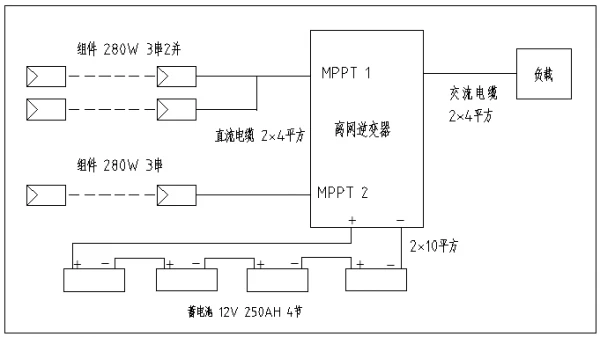
Disclaimer: The content is partly from the internet. In order to pass on more information, it does not mean agreeing to its views or confirming its description. Article content is for reference only. If there is any infringement, please contact in time.
The household photovoltaic off-grid power generation system is mainly composed of photovoltaic modules, brackets,ControllerInverter, battery and power distribution system. The electrical plan of the system is to consider the selection, calculation and accounting of components, inverters (controllers) and batteries. Before the planning, the pre-work should be done well, because the off-grid system is customized, there is no consistent solution, you need to understand the user load type and power, day and night power consumption, and the climatic conditions of the device address. Photovoltaic off-grid system, relying on climate for electricity, does not have 100% reliability.

The off-grid system must be equipped with batteries and occupy 30-50% of the cost of the power generation system. Moreover, the service life of lead-acid batteries is generally 3-5 years, and it has to be replaced afterwards. From the economic point of view, it is difficult to obtain a wide range of implementation, and it is only suitable for local use without electricity.
Unlike the off-grid system and the grid-connected system, components and inverters are not configured according to a certain proportion, but are planned according to the user's load, power consumption and local climatic conditions:
1, according to the user's load type
And power recognizes the power of the off-grid inverter
Household load is generally divided into inductive load and resistive load. The load with motor such as washing machine, air conditioner, refrigerator, water pump, range hood is inductive load, motor starting power is 3-5 times of rated power, in accounting inverter The power of these loads must be taken into account when calculating the power. The output power of the inverter is greater than the power of the load. However, as for the general poor families, considering that all loads may not be open together, in order to save the cost, the sum of the load powers can be multiplied by a factor of 0.7-0.9. The list below is the power of common household appliances for reference during planning.

2. Recognize component power based on the user's daily power consumption
The amount of electricity available in the off-grid system = total power of components * average hours of solar power generation *ControllerPower * battery power. The planning principle of the components is to satisfy the demand for daily power consumption under uniform climatic conditions, that is, the daily power generation of solar modules is slightly larger than the daily power consumption of the load. Because the climatic conditions are lower than and above the uniform value, the planning of the solar cell module is basically satisfied with the need of the worst lighting season, that is, the battery can be fully charged every day at the worst lighting time. However, in some areas, the illuminance of the worst season is much lower than the annual average. If the power of the solar modules is planned according to the worst condition, the power generation will far exceed the actual requirements at other times of the year. , forming waste. At this time, we can only consider properly increasing the planned capacity of the battery, increasing the storage of electrical energy, and making the battery in a shallow discharge state, and compensating for the damage caused by the lack of power generation during the worst-time illumination. The power generation of the components cannot be completely converted into electricity, but also the power of the controller and the loss of the machine and the loss of the battery.
The device angle of the component should consider the user's geographical location and try to satisfy the summer and winter requirements. In China, the azimuth of the solar cell generally selects the south direction, so that the solar cell unit capacity can generate the largest amount of power, the most ideal tilt. The angle is the angle at which the solar cell's annual power generation may be as large as possible, and the difference between winter and summer power generation may be as small as possible.
A load such as a light bulb, an electric fan, or a hair dryer is equal to the power multiplied by the time; the load such as an air conditioner or a refrigerator is a void operation, the power consumption of the air conditioner and the temperature difference in the room, the room area, and the power of the air conditioner. There is a lot of connection, 1 1P air conditioner, 8 hours at night, power consumption 1-5 degrees.
3, according to the user's electricity consumption at night
Or expect standby time to determine battery capacity
The task of the battery is to ensure the normal use of the system load when the amount of solar radiation is insufficient. Regarding the important load, it is necessary to ensure the normal operation of the system within a few days, and the number of consecutive rainy days should be considered. General loads such as solar street lights can be selected within 2 to 3 days depending on experience or needs. As far as the general poor families are concerned, the price should be considered first, so it is not necessary to consider the rainy days. When the sun is good, it is more useful. Less use when the sun is not good, no need without the sun. When selecting the load, try to use energy-saving equipment, such as LED lights and inverter air conditioners. The planning of the battery mainly includes the planning of the battery capacity and the planning of the battery pack series-parallel combination. In the photovoltaic power generation system, most of them use lead-acid batteries. Considering the battery life, the discharge depth is generally between 0.5 and 0.7. Battery planning capacity = (load daily average power consumption * consecutive rainy days) / battery discharge depth.
4, 5kVA household system planning
Customer's electricity demand: lighting 200 watts per day for 6 hours, refrigerator 50 watts for 24 hours a day, one inverter air conditioner for 12 hours, TV 50 watts for 10 hours a day. There are also washing machines, desktop computers, rice cookers, electric fans and other non-punctual household appliances. The address of the client device is in Diqing, Yunnan.
1, calculate the total load power
200 watts of lighting, 50 watts of refrigerator, 750W of air conditioner, 50 watts of TV set, 300W of washing machine, 200W of desktop computer, 1200W of rice cooker, 100W of electric fan, total 2850W, choose Ai PoundSPC control inverter machineThe output power is 4.0KW.
2, daily electricity calculation
Lighting 1.2 degrees, refrigerator 1 degree, air conditioning 2 degrees, TV set 0.5 degrees, washing machine counts 1 degree, desktop computer 0.5 degrees, rice cooker 1 degree, electric fan 0.5 degrees, evenly total 7 .7 degrees, in practice, about 6-10 degrees per day. The lighting conditions in Diqing, Yunnan are good, and the average is 4.5 hours per day. The plan is to use 9 280W components, a total of 2.52kW, which can generate 11.34 degrees of electricity per day. The off-grid system has lower power, generally about 0.8. Evenly 9 degrees of electricity can be used every day, so you can be satisfied with more than 99% of the electricity demand.
3, accounting battery
Most of the household appliances are used at night. In the daytime, it may be only about 20%. In order to increase the battery life, the battery capacity can be increased appropriately. The daily charge and discharge depth is low. This project plans to use 4 12V250AH colloidal lead acid. The battery has a total capacity of 12,000 VAH, the available power is about 8.4 degrees, and the electric power is 6 kW at night. The discharge depth is about 50%.

Disclaimer: The content is partly from the internet. In order to pass on more information, it does not mean agreeing to its views or confirming its description. Article content is for reference only. If there is any infringement, please contact in time.





